REI Outlet's Spend More and Save More event is back from 4/24-4/28!
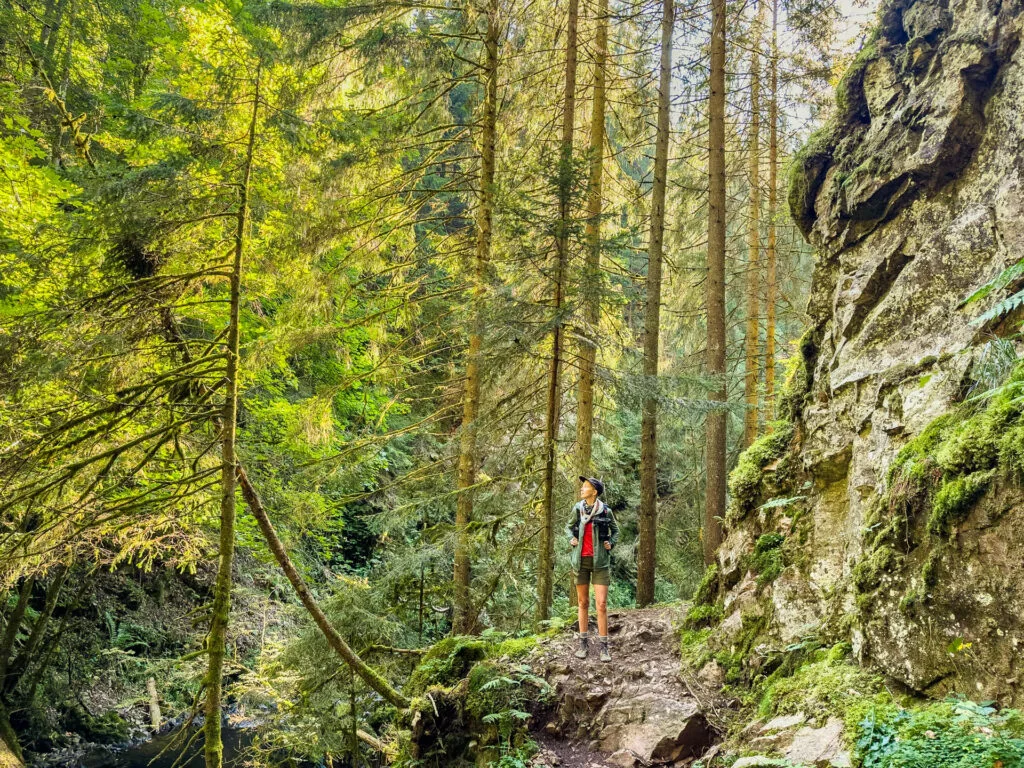
You know we love us some barefoot shoes here at Terradrift, from barefoot sandals to barefoot hiking shoes to barefoot boots for winter. We’re seriously all about it. But whether you’re fully committed to the whole barefoot shoe experience or just want shoes that emphasize healthy posture and plenty of space for your toes to spread, zero drop wide toe box shoes are just the thing. Here are 7 of our favorite more sustainable options (bonus: all specifically mentioned styles are also vegan and PFAS-free).
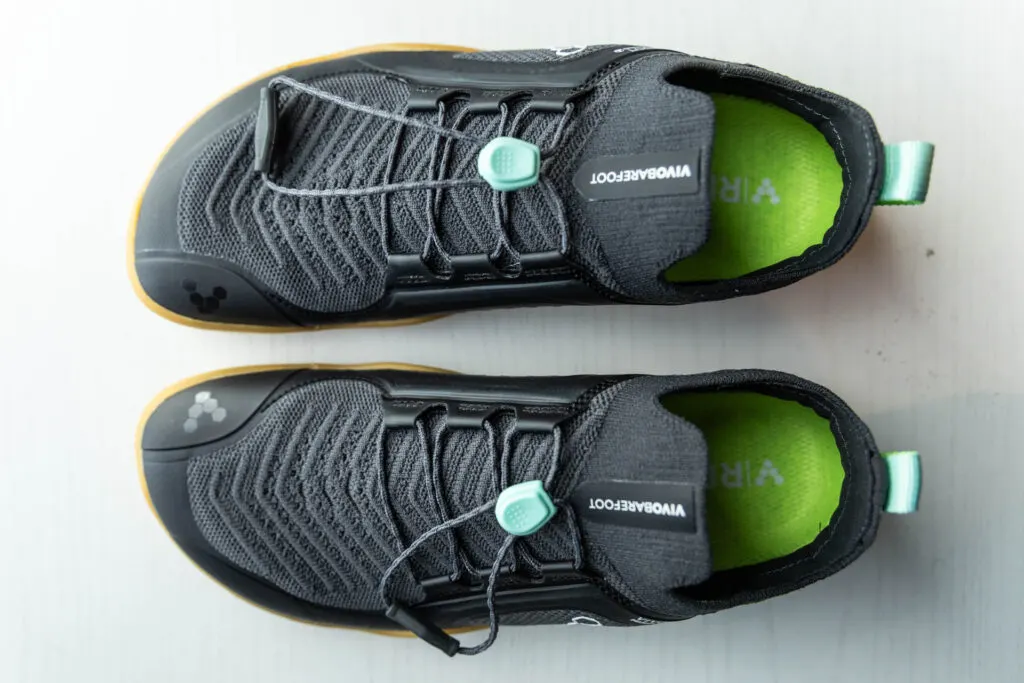
What are Zero Drop Wide Toe Box Shoes?
If you’re not sure what “zero drop” or “wide toe box” means, in effect or in practice, allow us to clarify.
Zero Drop
“Zero drop” shoes mean that the soles of the shoes are designed so the ball of your foot and your heel are an equal distance from the ground, just like they would be if you were completely barefoot. Most shoes are not zero drop. Instead, your heel is almost always a few millimeters higher than your forefoot. And according to experts, a few millimeters is all that’s required to throw your posture out of alignment and keep your feet from functioning as they should.
Zero drop shoes, especially those with thinner soles that keep you close to the ground, can improve posture and balance, even reduce joint and muscle pain. They may take a little while to get used to as your calves and the back of your ankles will feel a bit more stretched than usual at first, but once you do, you’ll likely be able to feel a positive difference between zero drop shoes and more traditional footwear.
Wide Toe Box
Shoes advertised as having a wide toe box are very much what they sound like: instead of having a narrow, pointy toe like most shoes or boots, they feature a nice wide, more rectangular area for the toes. This accomplishes multiple things: it keeps your toes from getting disfigured into a pyramid shape over time, prevents them from getting smashed into the end of your boots on downhill hikes, and allows your toes to spread, which studies say can increase both balance and overall natural foot function.
Both of these features together in a pair of shoes help promote natural movement so your feet can function more like they were intended to function and have done for literally thousands (or hundreds of thousands) of years.
Minimalist Shoes vs Barefoot Shoes
As for the difference between minimalist and barefoot shoes, minimalist tends to mean there’s less support in the footbed in the way of arch support or heel cups, which is a good thing for most people, according to functional movement specialists. Instead, the strength of the muscles in your foot maintain support and structure, which leads to overall healthier, mobile, flexible, and stronger feet. Barefoot shoes on the other hand, tend to feature the same, but with thinner, more flexible soles. So barefoot shoes are usually minimalist but not all minimalist shoes are barefoot. Got it?
Learn how to transition to minimalist shoes in this article and video.
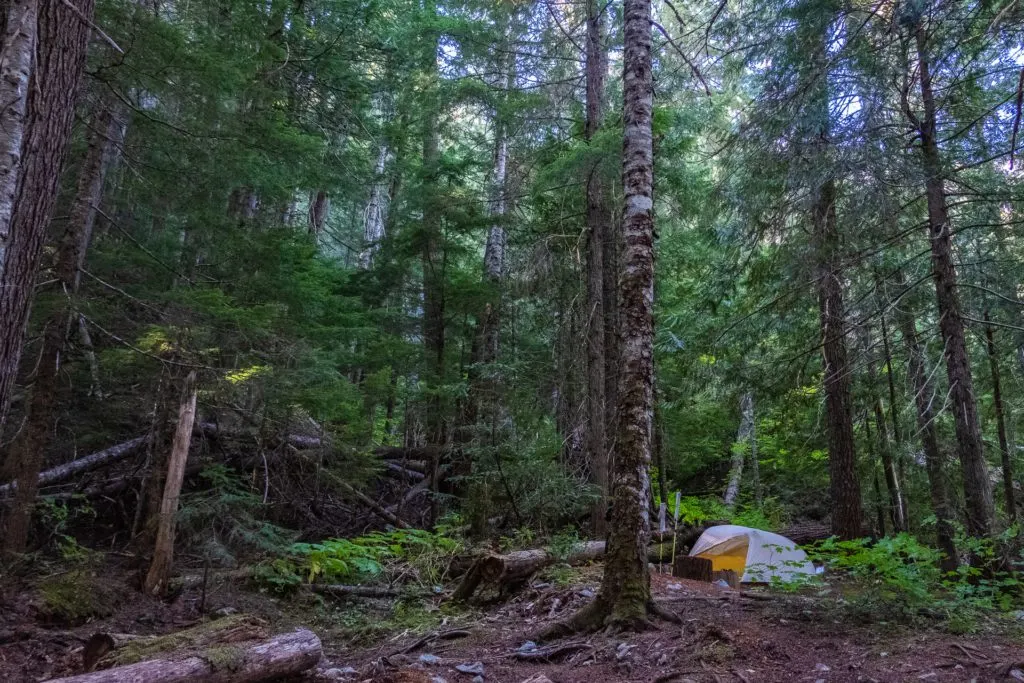
My Experience with Minimalist Shoes
I first switched to minimalist hiking shoes after a multi-day backpacking trip in North Cascades National Park in Washington. A significant amount of up and down had worn me out and I was wearing hiking shoes that were neither zero drop nor had a wide toe box. Plus they had a very rigid sole that kept my foot from flexing naturally. By the end of day three, after only hiking 6-8 miles that afternoon, I was almost certain that when I took my shoes off my toes would be black, possibly covered in blood, and I might be missing a toenail or two.
I experienced none of those things. But that should give you an idea of how badly my toes ached in those well-regarded hiking shoes. The very next week I found a pair of Altras at a used gear shop in Jackson Hole, Wyoming and never looked back. Suddenly my toes didn’t hurt on every hike, and I rolled my ankles less, too, because the soles were way more flexible, giving my feet a chance to compensate for uneven terrain. That first pair changed the entire direction of my life (at least as pertains to footwear…) to the point that one single pair of shoes remains in my closet that’s not zero drop with a wide toe box, and those are reserved strictly for special occasions (where I will still probably kick them off in disgust after two hours, lol). I’m all in. Here are a few of my favorite minimalist shoes for hiking and backpacking (and everyday).
7 of the Best Zero Drop Wide Toe Box Shoes
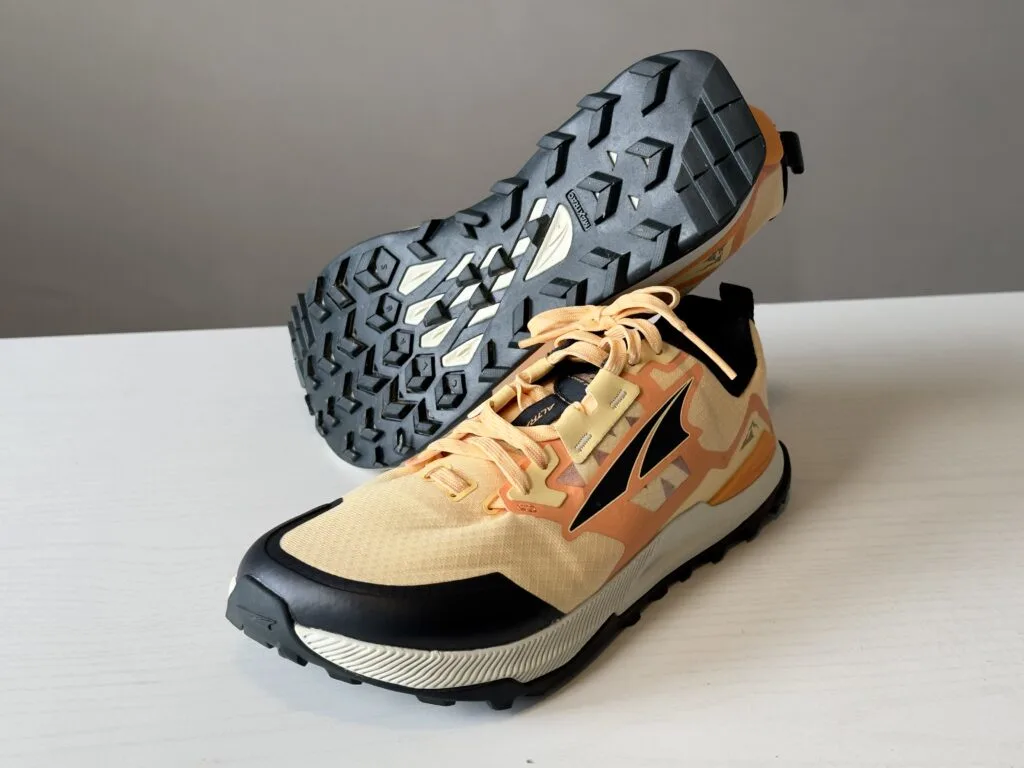
Altra
Altra may be the shoe brand that effectively brought zero drop wide toe box shoes into vogue, at least in the running and outdoor community. The Lone Peak certainly changed the course and direction of my footwear for life. Bonus: they make comfy, flexible, well-designed shoes for both road and trail. Find our review of the Lone Peak 7 here.
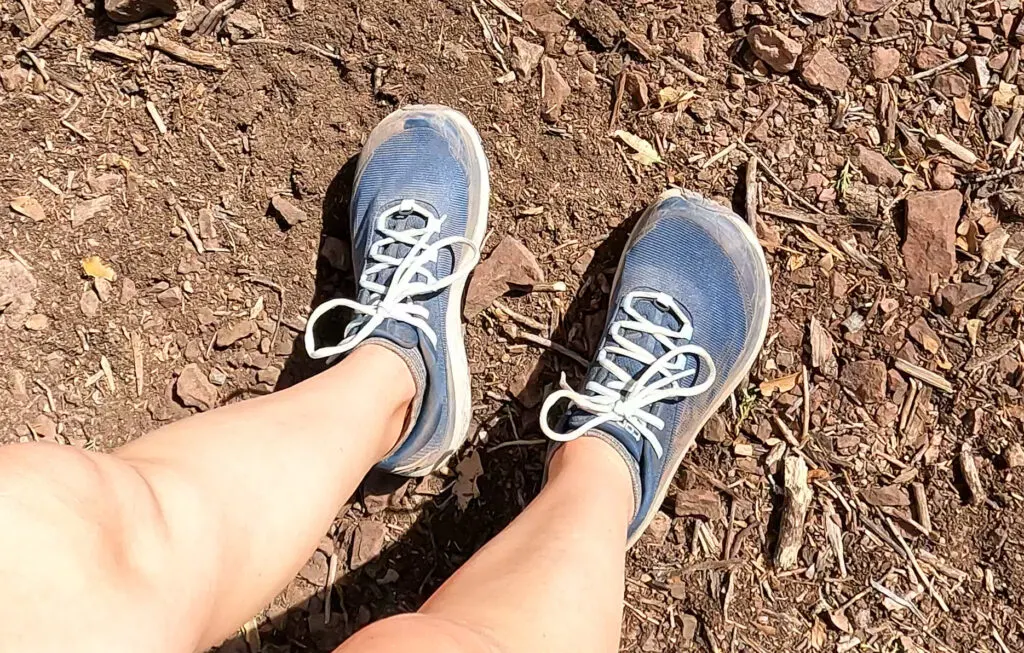
Topo Athletic Pursuit
If you like a wide toe box and zero drop but prefer a bit more cushion underfoot, check out Topo Athletic. The brand’s Pursuit 2 is a nice balance of comfort and foot function that appeals to many and is a great option for those who want to give more naturally-shaped footwear a try. The soles are a bit too thick for my taste, but many people find them a fabulous introduction. Find out more about them in our trail runner review.
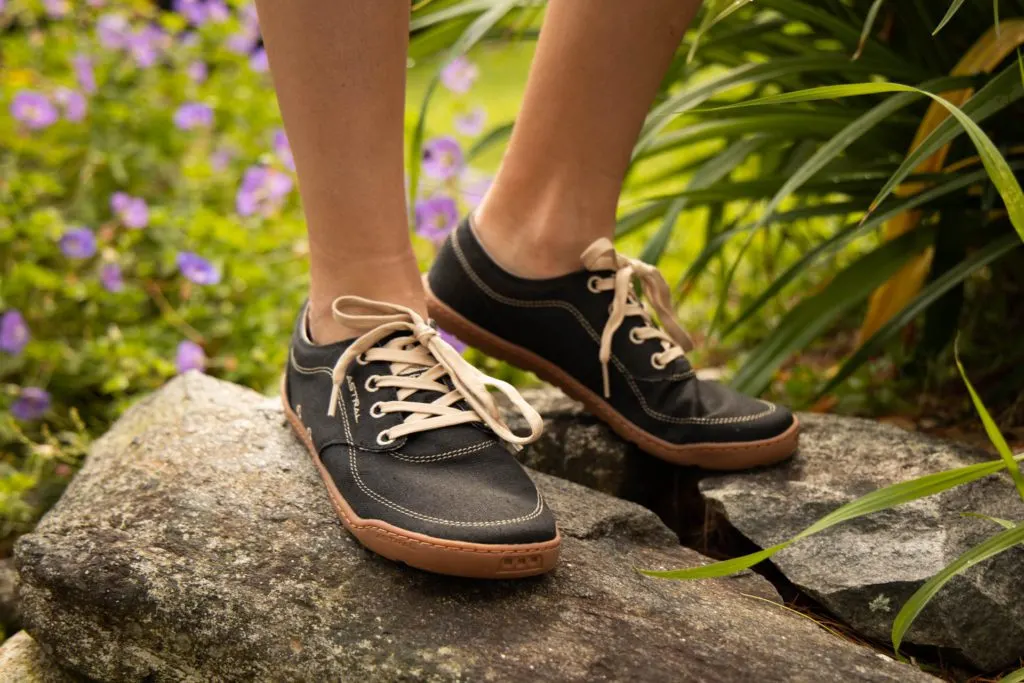
Astral
Most of Astral’s shoes are fairly minimalist, though they do make a few with more aggressive soles and thicker footbeds. But all of them are zero drop and have a wide toe box. Initially designed for river rafters, many of the options are even fast-draining and fast-drying and the soles are siped to help you keep your footing on wet surfaces. We think they make great everyday and travel shoes and are big fans of the sustainable hemp design and new Loyak All Weather specifically. Check out our review of the Hemp Loyak here.
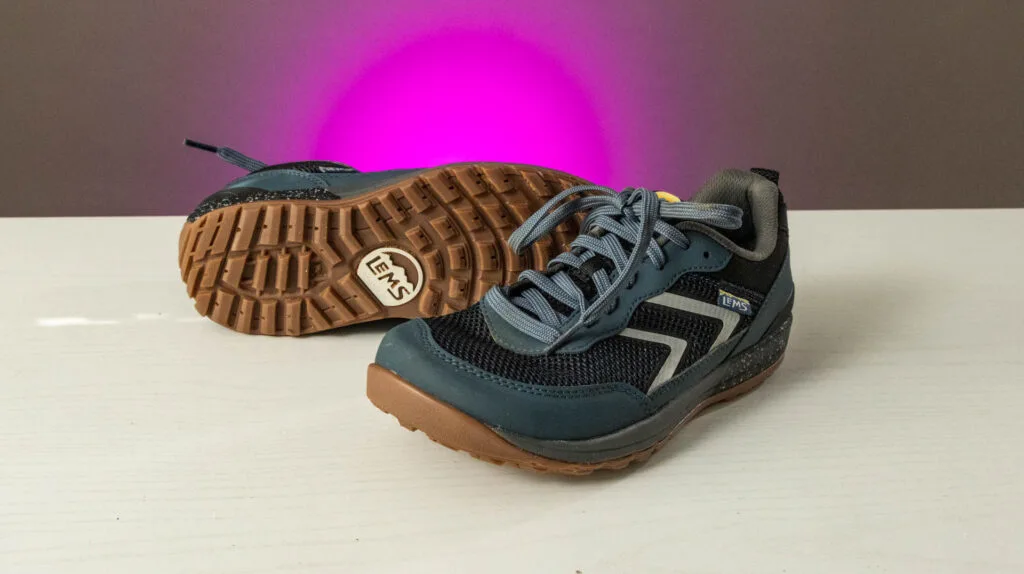
Lems
Whether it’s boots or shoes with a wide toe box you’re after, Lem’s has ’em. In fact, we love their original nylon Boulder Boot so much we never want to take it off once fall hits. But the brand makes a variety of styles, from dense-soled trail runners like the Primal Pursuit (pictured above) to waterproof boots so you have a wide range of options to choose from. Check out what we had to say about the Boulder Boot in this article and the Primal Pursuit here.
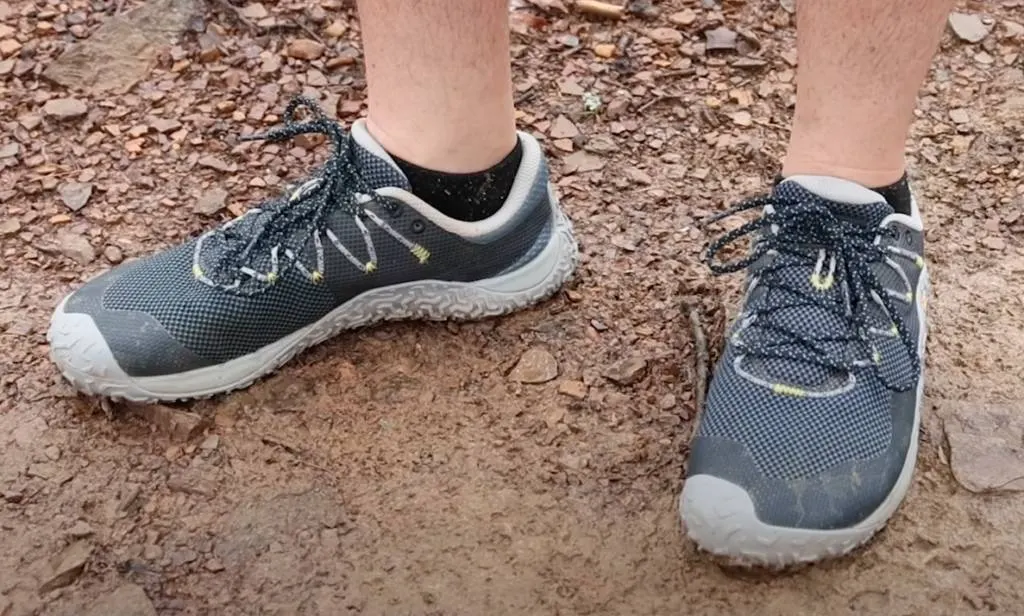
Merrell
While most Merrell shoes aren’t minimalist, one of Josh’s perennial faves is the brand’s Trail Glove (which we reviewed in this post). It fits like a, well, glove, features some arch support, which you rarely find in barefoot shoes, and a thin sole. It is definitely more minimalist in form and function than some of the other options on this list, but one that can slide from the trail into the tavern without missing a beat (stylistically speaking).
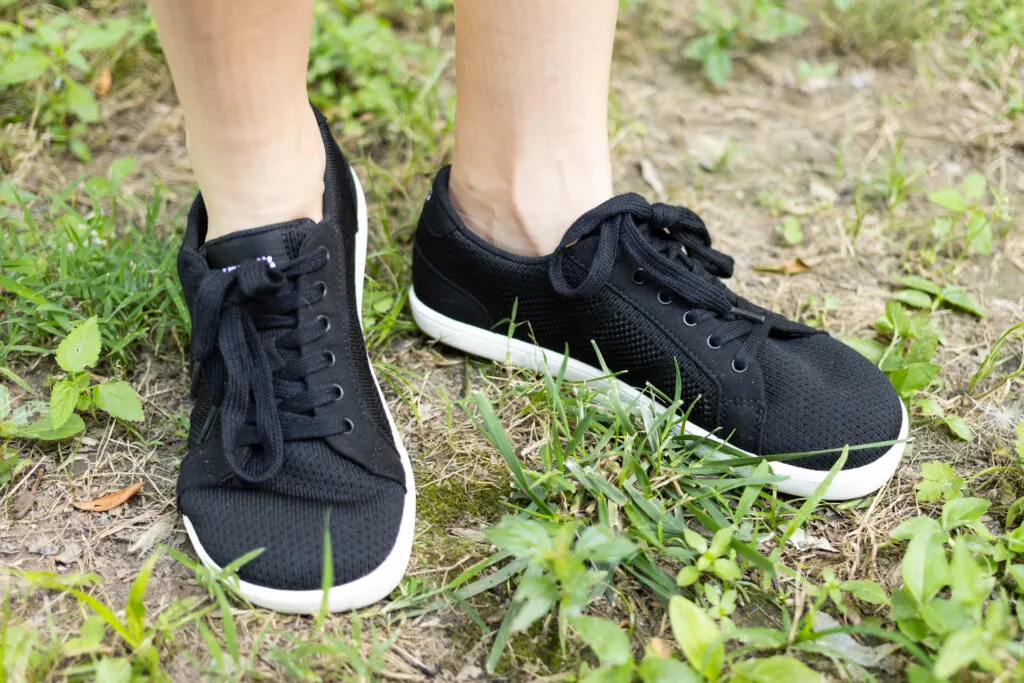
Xero Shoes
This brand makes exclusively barefoot-style shoes. Most options are ultra flexible, soft and comfy, and the soles come with a 5,000-mile warranty, so they’re made to be durable. Some of our favorite everyday shoes (The Dillon), sandals (Z-Trail), and hiking shoes (Scrambler Mid II WP) are from Xero. Read our interview with Xero about transitioning to barefoot shoes HERE.
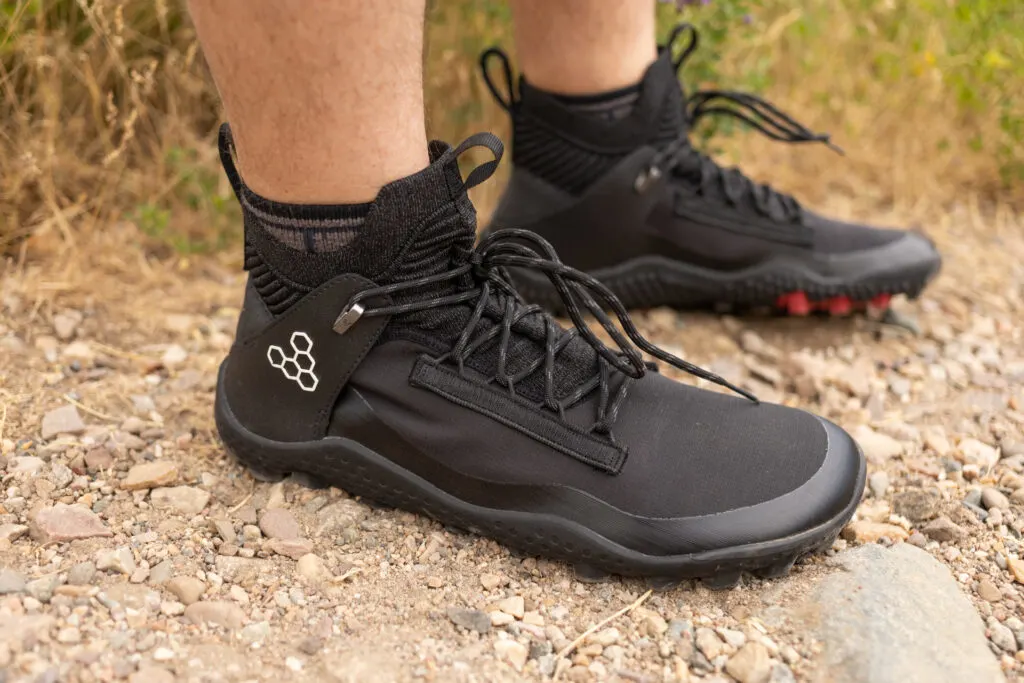
Vivobarefoot
Again, another brand that’s more barefoot than minimalist. But I love this brand for their high quality footwear, commitment to sustainability, and numerous vegan options, including both boots like our beloved Magna Lite WR SG and low-rise Primus Knit FG.
Bottom Line
We love zero drop, wide toe box shoes. Especially if they’re minimalist (though they don’t always have to be). So if you’re ready to let your toes spread and enjoy more natural movement, you can’t go wrong with any one of these options no matter what type of shoes you normally wear (or have worn up to this point). So lace up, get out there, and wander on!

Special K
Wednesday 1st of January 2025
Great article, I bought myself a pair of the Merrell Trail Glove 7 for Christmas and I wonder where have these shoes been all my life, so comfortable, thanks!
Alisha McDarris
Thursday 2nd of January 2025
Haha! Glad you love them! We support giving yourself Christmas gifts!